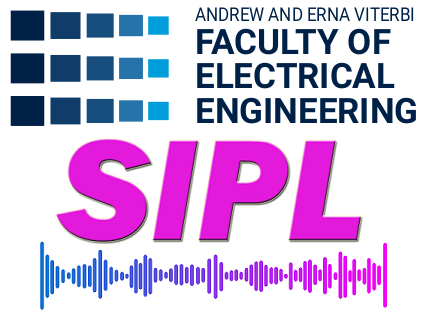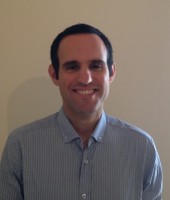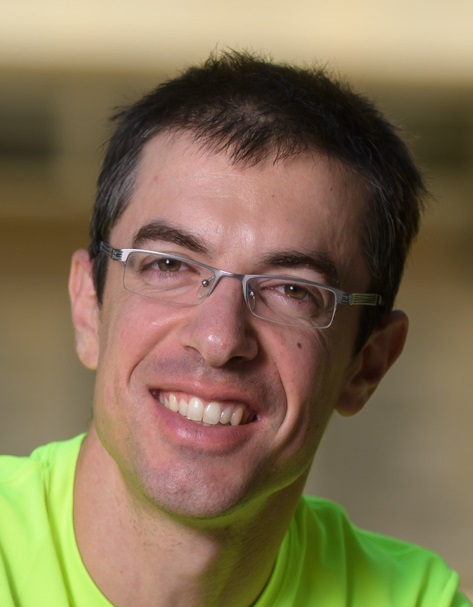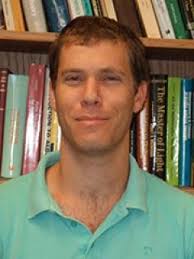In single-particle cryo-electron microscopy (EM) the 3D structure of a molecule needs to be determined from its noisy 2D projection images. Each projection image is taken at an unknown viewing direction. The high level of noise makes it hard to accurately estimate the viewing directions, ultimately affecting the entire process of reconstruction. In the talk, we describe a method for obtaining a 3D ab-initio model using low order statistics without directly estimating the viewing directions. In particular, we show that the distribution of viewing directions plays a significant role, and in the case of nonuniform distribution, it allows us mathematically to estimate a model using only first two moments of the data. We discuss the advantages of our approach, together with analysis and numerical challenges that it offers.
BIO:
Nir Sharon is a Senior Lecturer at Department of Applied Mathematics, School of Mathematical Sciences, Tel Aviv University. From 2015 to 2018, he has been a Post-Doctoral Research Associate with the Program of Applied and Computational Mathematics, Princeton University.
Nir earned the M.Sc. and Ph.D. degrees in applied mathematics from Tel Aviv University, Tel Aviv, and the B.A. degree in computer science from the Open University of Israel. His research interests include approximation theory, computational harmonic analysis, and scientific computing.






